29 January, 2019
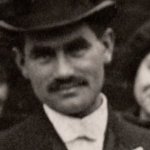
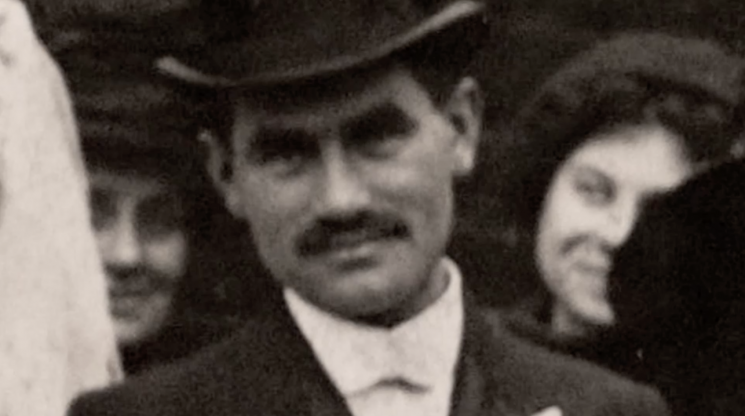
Historian and Migration Museum Trustee David Olusoga visits Manchester, which along with the other industrial manufacturing towns surrounding it, acted as a magnet for waves of economic migrants from all over the world. In the late 1800’s and early 1900’s, 30,000 Jewish migrants from Russia and Eastern Europe settled in Manchester.
Olusoga meets Janice Haber and her family, the descendants of Jewish migrants, and talks to historian Ruth Percy who describes how Conservative politicians and right wing newspapers of the time exploited economic concerns associated with the new migrants, stoking up racist xenophobia against migrants like the Jews, which would become familiar throughout the 1900’s. The arrival of the Jews and other migrants led to changes in the law, and to the emergence of modern immigration legislation – laws that persist to this day.
Click here to watch (external link to BBC website)
29 January, 2019
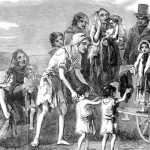
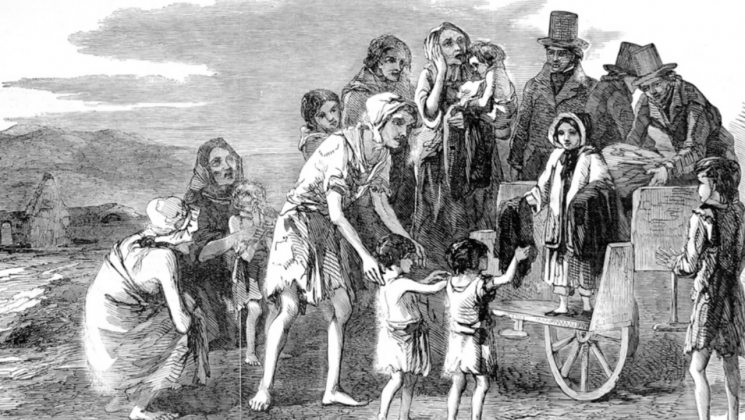
During the 1800s tens of thousands of poor Irish labourers and their families left Ireland to find work in Britain during the Industrial Revolution. Large numbers came to, and settled in, Liverpool, and faced terrible conditions. Cholera and other diseases spread and their arrival eventually promoted the beginning of the British public health system.
Historian and Migration Museum Trustee David Olusoga visits Liverpool Public Record Office and meets local historian Sam Caslin who is an expert on this period in Liverpool’s history. They look at the contribution of Irish migrants to Britain’s Industrial Revolution, and how this country owes much of our transport network and housing stock to their work here.
Click here to watch (external link to BBC website)
29 January, 2019
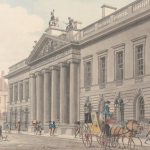
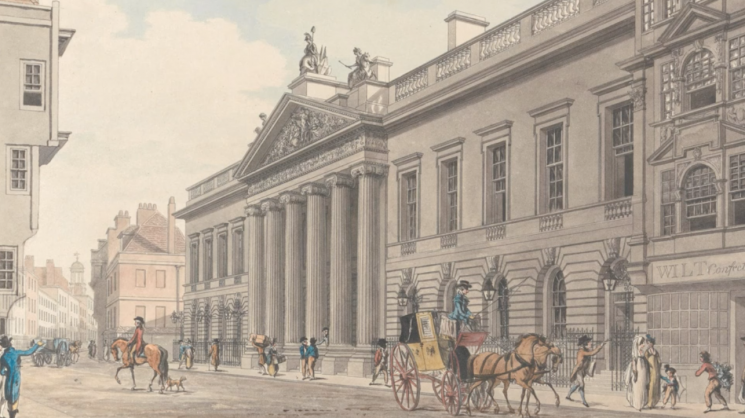
European powers started trading with India from the early 1500s. At first, all British trade was dominated by the London based East India Company, which was granted the monopoly on trade with India in 1600. Over the following 200 years the company became increasingly prominent in the European trading routes with India.
Historian and Migration Museum Trustee David Olusoga meets Professor Margot Finn, an expert on the period, and profiles the Russell family who purchased Swallowfield House near Reading, which is today a block of luxury flats. The house symbolises how these so called Nabobs, British migrants in the employ of the East India Company, returned from India extremely wealthy men, which allowed them to establish themselves at the higher end of the British class system.
Click here to watch (external link to BBC website)
29 January, 2019
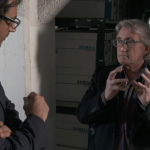
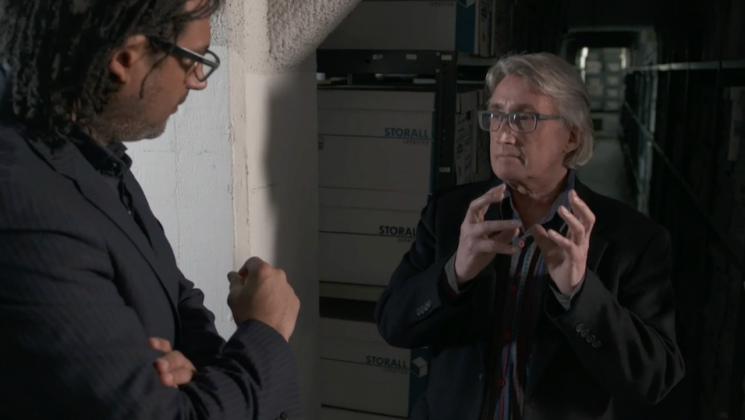
Four hundred years ago all manner of children, teenagers, and young men and women, mainly from the poorest families, were sent, often against their will, to board ships leaving from Bristol across the Irish Sea, and into the Atlantic Ocean. They were sent to meet the growing demand for cheap labour in Britain’s newly created colonies in North America. From 1610 to American independence in 1776, half a million people left Britain for North America. Some were political and religious dissenters, like the Puritans, Quakers and the Irish and Scottish Presbyterians. While others were convicts, sent by the British government to clear out its overcrowded prisons. But around half – that’s a quarter of a million – were indentured servants. And most were sent against their will. Historian and Migration Museum Trustee David Olusoga meets writer Don Jordan, who tells the stories of some of these young people.
Click here to watch (external link to BBC website)









